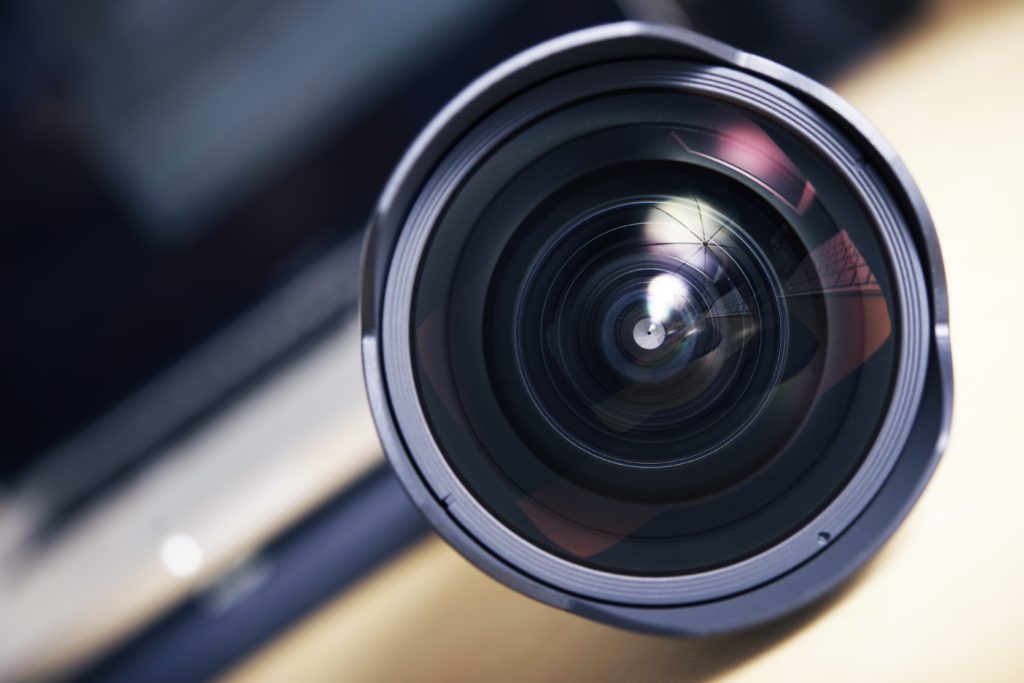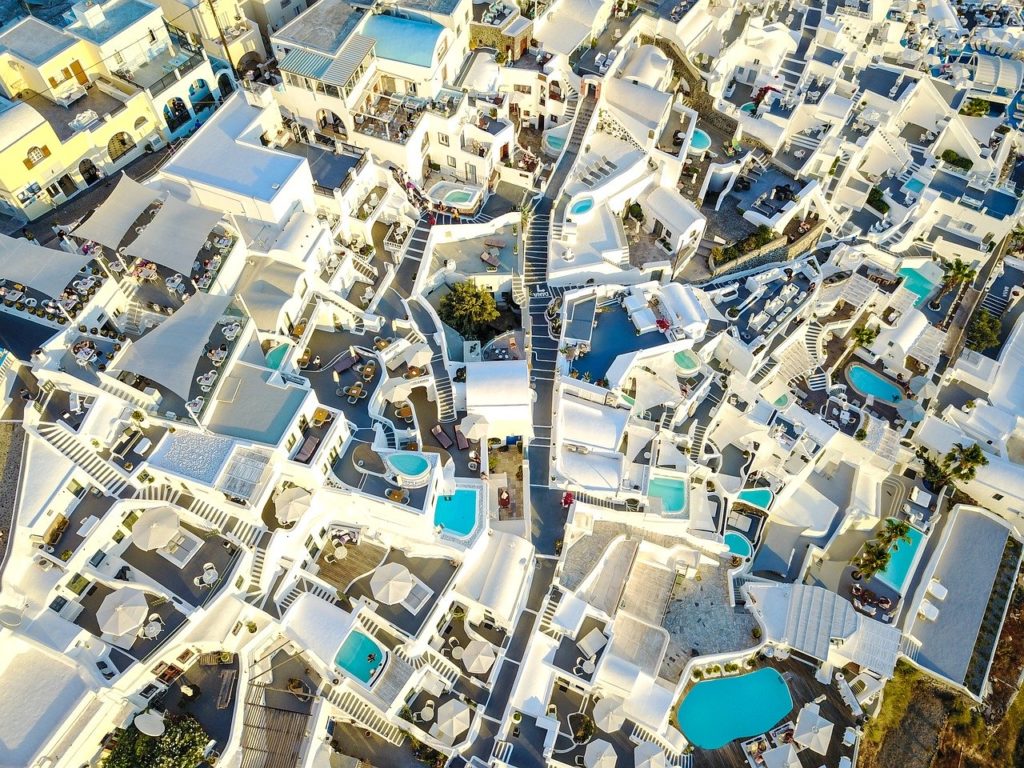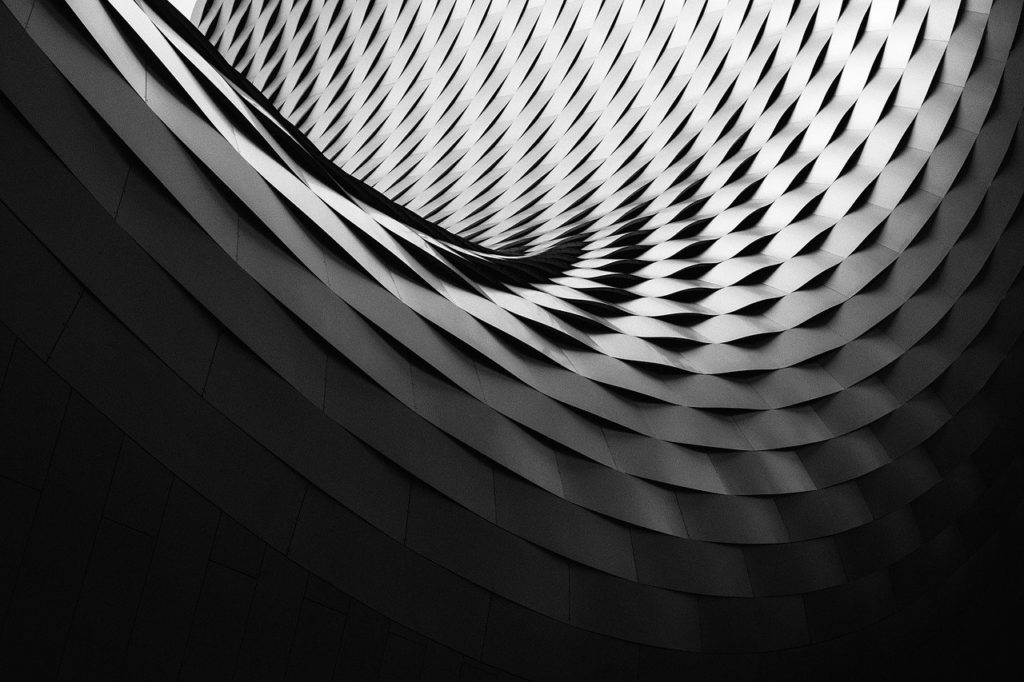The architectural photography business is one of the most specialized and profitable business to pursue when it comes to photography. The architecture photography field offers an extremely rare sweet-spot between creativeness and commercial work. Architectural has a lot in common with other photography fields such as landscape and cityscape photography. However, Architectural photography has a more dynamic rate of demand from the market. Therefore, if you are thinking about starting your business in architectural photography, there are some things that you have to know about it first.
Photographers who are looking forward to changing their path and learn architectural photography tend to think that it is all about Real Estate, and nothing more. Eventually, while this is accurate or at least a very popular theme in architecture photography, it is not the only way to follow. There is also architecture photography drawn to showcasing buildings and places with no intention of selling or renting them; and last but not least, architecture and interior photography done for purely artistic purposes. However, landscape and cityscape photography is also considered for commercial use by several businesses.
Let’s dig deeper into the main particularities of each of the services you could offer as a professional business in architectural photography. We recommend having three portfolios, with each focusing on their own targets. We are enduring difficult times, and keeping all the eggs in a single basket isn’t a wise business call.
Knowing your clients’ deep expectations is a basic must, and real estate photography has only one major goal, selling or renting a specific place, venue, house, or building. Here, creativeness must be fine-tuned to meet this ultimate desire from the people hiring your business. No abstract or wildly artistic photographs would be asked, but utilitarian images that showcase the grand essence of a particular place.

Wide-angle lenses will be your best friends since they allow us photographers to amplify the overall perspective of a place. But be careful of using extremely wide-angle lenses that would end up giving you funny results. Keep things simple, and correct your lens’ barrel distortion in post-production if needed.
Business optimization is all about being accountable with ourselves, and designing a work-flow is one of the healthiest strategies ever to use. Start by designing a follow-up script that will allow you to cover all the important spots from the place willing to be sold or rented. Don’t forget the yard and the facade, trust me, it happens.
Some clients will understand the following, and some others might not. Educating them will be your hardest challenge, and it will be needed more often than you might wish. The next thing that we recommend doing when trying to create professional architecture photography that will sell, is a photo shooting schedule. This will need to at least cover the following after your overall scouting:

That working approach will give you all the needed inputs for delivering perfect image packages to your clients. Designing them should also be in your top priority business-related to-do’s.
From all the people that could possibly reach you out, not all of them will be interested in selling or renting a place. Some others will be just interested in showcasing their installations through social media or their beautifully designed websites.
Here, we recommend you as a professional photographer to-be, to design concepts that will meet with your client’s needs. This will give you a better idea about the amount of creativeness that your clients will be wishing to have. Also important, always ask for visual references in order to give a proper photography business quote.
2020 Business Notice: Many places have switched to remote-working, and I’ve started noticing how some of them are investing in proper staff photography of their teams at their places. This will need a bit of portraiture, of course, but it could be a good business idea if you want to take advantage of this difficult time. Thank you later for giving you a very expensive idea for free.

Last but not least, the artistic side of an architectural oriented photography business. Art is one of the hardest markets to access, but it pays loads of money if you are able to deliver high-level aesthetic experiences through your creations. Here you could aim for stock images, to single pieces exhibited in a gallery. Your networking efforts will be tremendously huge, but the payoff will be worthy.
Unfortunately, we have little experience in selling on the fine art market, but we do know how it works. Curators and galleries are the voice behind what counts and what doesn’t, so moving around those social fields might give you a better understanding of what art investors are looking for.

Covered the imagery oriented side of the endeavor, we need to focus a bit further on the least thrilling part of the business. Unless we manage to make it interesting for you, we know that managing and accounting isn’t that fun, but we need to do it in one way or another.
Long gone are the days in which a photographic studio start-up could be built out of the blue with several people working with us. Photography businesses have a somewhat mature history of being one-person driven armies, and we hope that this brief yet substantial article has had the power of giving you some valuable insights for your upcoming projects.
Cheers!
Featured Picture taken by Nour Refai